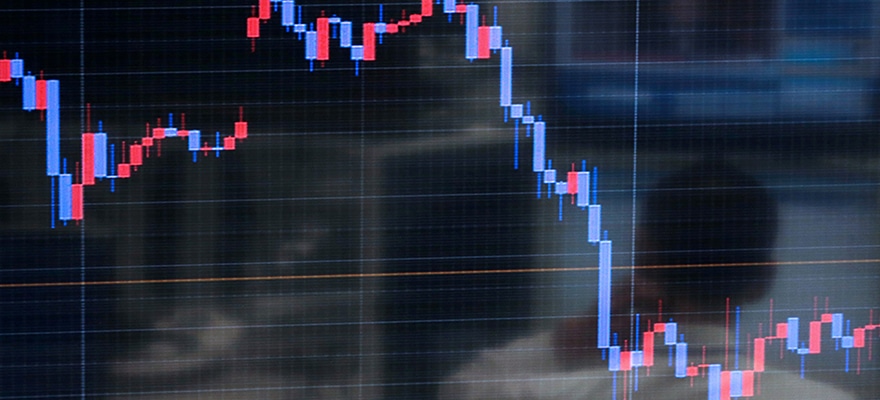This is one of those questions that I get asked a lot.
I was reading Raghees' interesting post, and I had a few thoughts of my own I wanted to share...
At the end of the day, the main issue is the kind of person you are. If by nature, you’re a risky type of person, then it’s going to be hard for you to a) set a stop loss, and b) even if you do set a SL, adhere to it.
What’s the point of a stop loss when you the trader will exercise your power to alter it? Or even worse, remove it? Some people always use a fixed SL, others will use a varying one. To be honest it doesn’t really matter – but what matters is that you stick to the rules that you initially intended from you outset - USUALLY.
You see, another thing is this – sometimes even if you have a fixed stop loss, at times it does actually make sense to exit a trade, even before it hits your Stop Loss. Yes, I know this might seem like going against the very notion that we should always stick to our guns, come rain or shine, but there are cases where it’s actually a folly to stick to such a gun.
For example, sometimes when you’re in a trade, what happens is that, either technically or fundamentally, the pattern you were trading, just doesn’t seem to hold up. This is also known as the point validity. This means that a buy or sell trade is no longer a trade worth holding because there has been a significant reason or reasons which makes your trade invalid. It has nothing to do with your SL being hit or not. It’s to with the tables being turned.
So overall, whilst setting a SL is definitely the right thing to do (shame on those who don’t have a SL or even a mental stop!), then it doesn’t necessitate that we now have to always stick to that SL whatever comes our way. Circumstances change, unexpected global events occur, a stronger Technical Analysis setup may occur in the opposite direction before your SL hit – it doesn’t make sense to hold on to our stop loss in that case. I have been guilty of this myself, so let this be a reminder for me and all those who can be as stubborn as me!
For further information on SL, point of validiy and more, visit:
https://www.ibfx.com/Corporate/post/2010/03/04/Q-A-with-Raghee.aspx

















